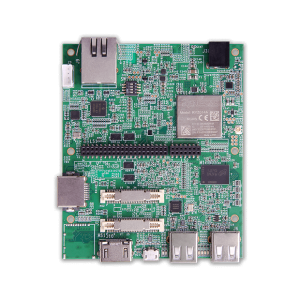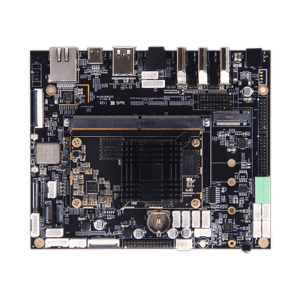System on Component vs. Simple Board Computer: Critical Variations Explained
System on Component vs. Simple Board Computer: Critical Variations Explained
Blog Article
What Is a Process on Element (SOM) and Why Does It Subject?
Developing a new service usually involves lengthy timelines, delicate patterns, and significant source investment. For businesses looking to increase this process while maintaining top quality standards, a embedded computer module gifts an impressive solution. This lightweight element not merely simplifies the development method but also helps increase product progress rounds without compromising operation or reliability.

SoM: A Making Stop for Efficient Solution Progress
A System on Component (SoM) is just a total research module that encapsulates all the parts required to operate a specific application. It always includes a processor, memory, storage, and different important peripherals such as for example connection alternatives and conversation interfaces. The important thing advantage of an SoM is their small size, which makes it an easy task to incorporate into any solution design.
Streamlining Product Development with SoMs
Typically, having a new product requires developing and creating every aspect from scratch. This process can be time-consuming and resource-intensive, specifically for complex products.
What is a Process on Module
A Process on Element, often abbreviated as embedded single board computer, is a compact, incorporated world that comes pre-loaded with important parts just like a microprocessor, storage, energy management, and occasionally actually connectivity options. Think of it as a pre-built base for the product, allowing developers to target on particular functionalities without reinventing the wheel.
Why Program on Component Advantages Product Development
Here are a several ways a System on Module somewhat boosts the merchandise progress process.
Simplifies the Style Process
Having a custom table from scratch involves time-consuming tasks like choosing components, designing the circuit, and screening hardware. By integrating different core functionalities, an SoM simplifies that process. Designers may concentrate on planning the initial facets of their solution instead of worrying all about low-level hardware complexities.
An illustration worthwhile considering is in IoT devices. Instead of developing every element, developers may use an SoM to combine vital IoT functions rapidly, decreasing the general time for you to market.
Diminishes Risk
Custom electronics style inherently holds dangers of problems and delays. Debugging and ensuring aspect compatibility can pull timelines. An off-the-shelf Process on Module is pre-tested for operation and reliability, reducing likelihood of errors and ensuring a stable foundation. Developers may confidently build upon this without worrying all about the basics.
Reduces Costs
While upfront expenses of an SoM might seem higher than some parts, it ultimately saves time and source allocation, lowering costs in the long run. Moreover, the option of widely-used segments guarantees scalability without requesting continuous redesigns.
Rates Up Prototyping

Quick prototyping is needed for companies seeking to iterate quickly and match industry demands. An SoM allows quicker prototyping by providing a ready-to-use foundation. Groups may fast build a model, test operation, and make improvements without waiting for extensive equipment design cycles.
Helps Maintenance
System on Segments are made to offer long-term help, which guarantees compatibility over time. Upgrades or improvements to the component don't demand a complete upgrade, more accelerating future product iterations.
Empowering Quicker Innovation
Adopting a System on Component can revolutionize how goods are developed. By reducing style difficulties, reducing dangers, and allowing scalability, organizations can produce revolutionary options more efficiently. For industries where time to market is a critical metric for accomplishment, developing an SoM in to the growth method is really a game-changing strategy. Report this page